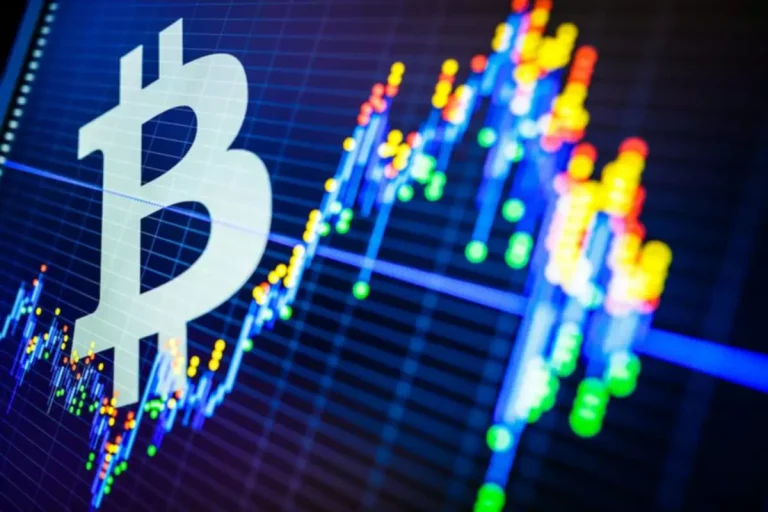We establish existence of an immediate-trading equilibrium, during which asset trading happens in anticipation of a liquidity shock, and generally also of a delayed-trading equilibrium, by which property are traded in response to a liquidity shock. We show that, when it exists, the delayed-trading equilibrium is Pareto superior to the immediate-trading equilibrium, regardless of the presence of antagonistic selection. We also show that the delayed-trading equilibrium features more liquidity pool forex outside liquidity than the immediate-trading equilibrium although it is provided in the presence of opposed selection.

Outside And Inside Liquidity
In Inside and Outdoors Liquidity, main economists Bengt Holmström and Jean Tirole supply an authentic, unified perspective on these questions. In Inside and Exterior Liquidity, main economists Bengt Holmstr�m and Jean Tirole supply an original, unified perspective on these questions. We consider a mannequin of liquidity demand arising from a possible maturity mismatch between asset revenues and consumption. This liquidity demand can be met with both Mining pool cash reserves (inside liquidity) or via asset gross sales for cash (outside liquidity). The query we handle is, what determines the combination of inside and out of doors liquidity in equilibrium? An important source of inefficiency in our mannequin is the presence of asymmetric details about asset values, which increases the longer a liquidity trade is delayed.
Inside And Outdoors Liquidity
- We additionally show that the delayed-trading equilibrium features more outdoors liquidity than the immediate-trading equilibrium though it is provided within the presence of adverse selection.
- In Inside and Exterior Liquidity, main economists Bengt Holmstr�m and Jean Tirole offer an original, unified perspective on these questions.
- The question we tackle is, what determines the combo of inside and outdoors liquidity in equilibrium?
- When and to what extent can the state and international monetary markets make up for a shortage of liquid assets, allowing brokers to avoid wasting and share danger extra effectively?
- In this angle, private risk-sharing is at all times imperfect and will lead to financial crises that can be alleviated through government interventions.
Why do financial institutions, industrial companies, and households maintain low-yielding cash https://www.xcritical.in/ balances, Treasury bills, and different liquid assets? When and to what extent can the state and worldwide monetary markets make up for a scarcity of liquid belongings, allowing agents to keep away from wasting and share danger more effectively? These questions are on the heart of all financial crises, including the current world one.In Inside and Outside Liquidity, main economists Bengt Holmström and Jean Tirole offer an authentic, unified perspective on these questions. The authorities has an active position to play in bettering risk-sharing between customers with limited commitment energy and companies dealing with the excessive costs of potential liquidity shortages. In this attitude, personal risk-sharing is at all times imperfect and may result in financial crises that could be alleviated via government interventions.


